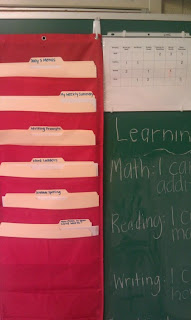On Tuesday, I gave students the Writing Attitude Survey and
compared the results from the baseline data. Below are the results I found.
·
There are now no students who are highly upset
about writing about something they have heard or seen.
·
There is one less student that is happiest about
becoming an even better writer than they already are.
·
There is one more student that is highly upset
about writing more in school.
·
There is one less student that is happiest about
keeping a journal in class.
·
There are less students that are happy about
writing about something that has happened in their life and more students who
are upset about this.
·
Less students are highly upset about a classmate
reading what they wrote.
·
More students are feeling happier if they did
not write as much in school.
Like with the Reading Attitude Survey, I am a little
surprised about some of the results and would like to talk to the kids about
why they chose these answers. I think this will help me better understand their
attitudes.







